This school year looks a little different, doesn’t it? Both teachers and students have a lot on their plates at the moment. Many have been thrown into the virtual classroom with little preparation and have been on a steep learning curve ever since! And, as we push ahead with ensuring we have a grasp of technology and teaching our key content, virtual learning expectations for our students may get overlooked. Perhaps you’re teaching virtually full time, or maybe you are now just doing a few lessons virtually a week!
Whatever the case, just because you’re teaching virtually doesn’t mean your expectations of your students have to take a backseat!

fizkes/shutterstock.com
While students are usually incredibly fast at picking up technology, they may need a little help with the ins and outs of how to behave as a member of a digital class. We thought you might appreciate a little help to get your students on track and ensure your online lessons go as smoothly as possible, so we’ve put together a fun video for you to share with your class to make virtual learning great!
Virtual Learning Expectations for Your Students
These virtual learning expectations are so easy to learn! They will help your students to concentrate on their learning and participate to the best of their ability. Share this video and discuss each expectation at the start of the term to set your class up for a great term of learning.
#1 Log-In a Little Early
Make sure your students know to get everything set up so they’re ready to go when class starts! Sometimes logging on takes longer than expected, and it can be distracting to have different students popping up on the screen as you introduce your lesson.
#2 Dress Appropriately

Being ready to learn includes your outfit! Wearing proper clothes for online school lessons helps switch your students’ brains into ‘work’ mode and they will look and feel ready to learn.
#3 Prepare Your Devices!
We’ve all been there, the dreaded low battery notification when you’re right in the middle of something! Making sure your students know to have their device charged and ready to go will ensure they don’t miss out on anything by having to rush to get their charger (or when their computer goes flat in the middle of the lesson!).
#4 Have a Distraction-Free Work Station
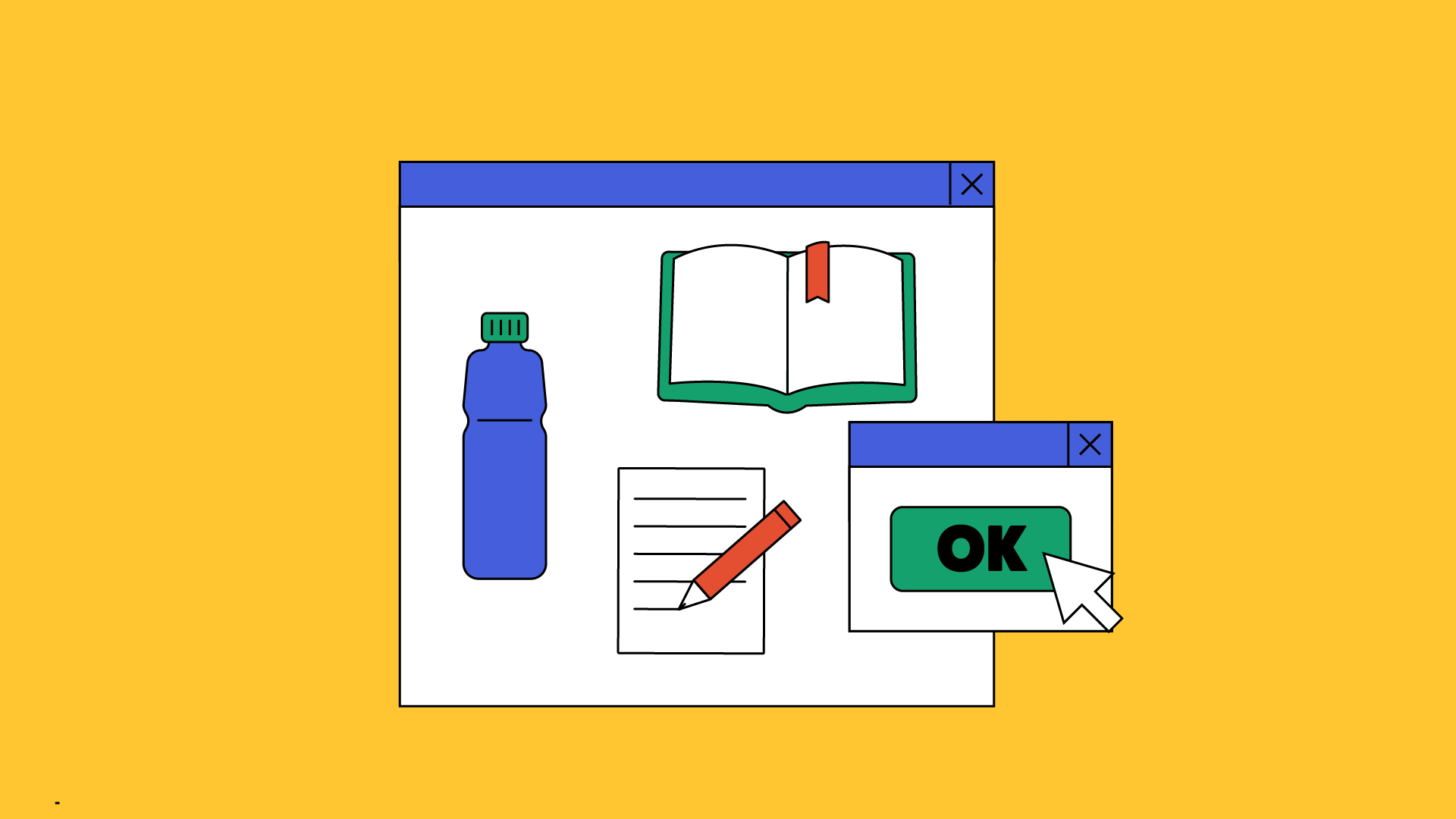
It can be difficult for students to maintain their attention when your teaching is reduced to a tiny screen, and students can tend to get distracted by everything! Encourage them to have a distraction-free workplace with only their school supplies on it. This will help them to stay on task. Not only this, but you can concentrate on teaching and not worry about what your students may be distracted by that is out of camera view.
#5 Save Snacks for the Breaks

You wouldn’t be allowed to snack during class at school, and virtual learning is just the same! Not only will keeping snacks to break time help your students to maintain a school-like schedule, but it will also keep their digital equipment crumb and smear-free. Of course, having water to sip on is perfectly fine – just keep it a safe distance away!
#6 Pay Attention to Your Teacher
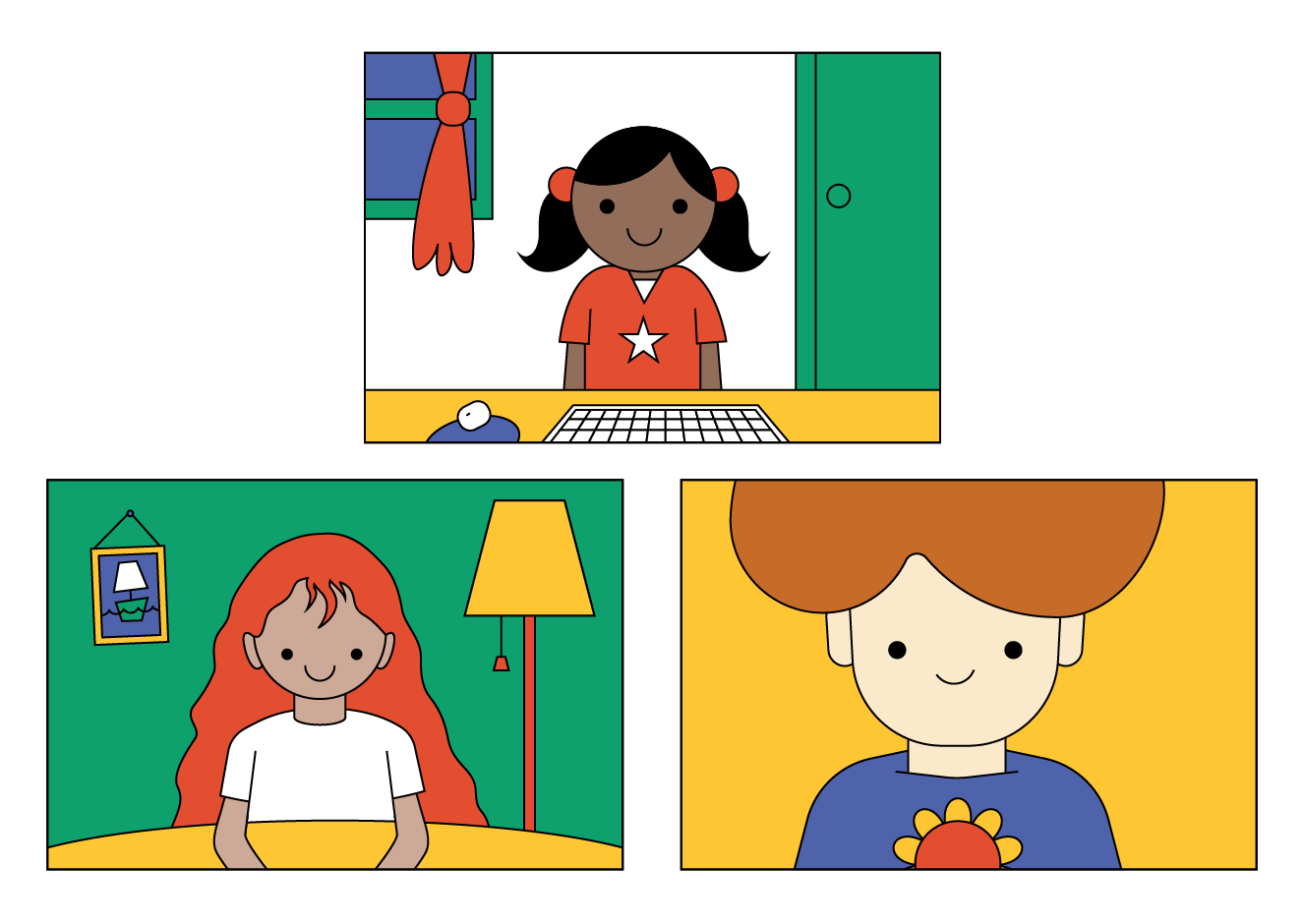 virtual
virtual
The learning that you are doing is just as important as in the real classroom, so make it’s important that they pay attention and don’t miss out on anything. They may forget that they’re on camera as they will just be watching you!
#7 Mute When It’s Not Your Turn
Students may not realise how loud their microphones are. Even if they are paying attention, they may have someone or something creating noise in the room behind them that distracts other students from the speaker. For this reason, it’s important that they mute their microphones when it’s not their turn to talk. Wearing headphones can help them filter out these background noises as well.
#8 Chat When Allowed
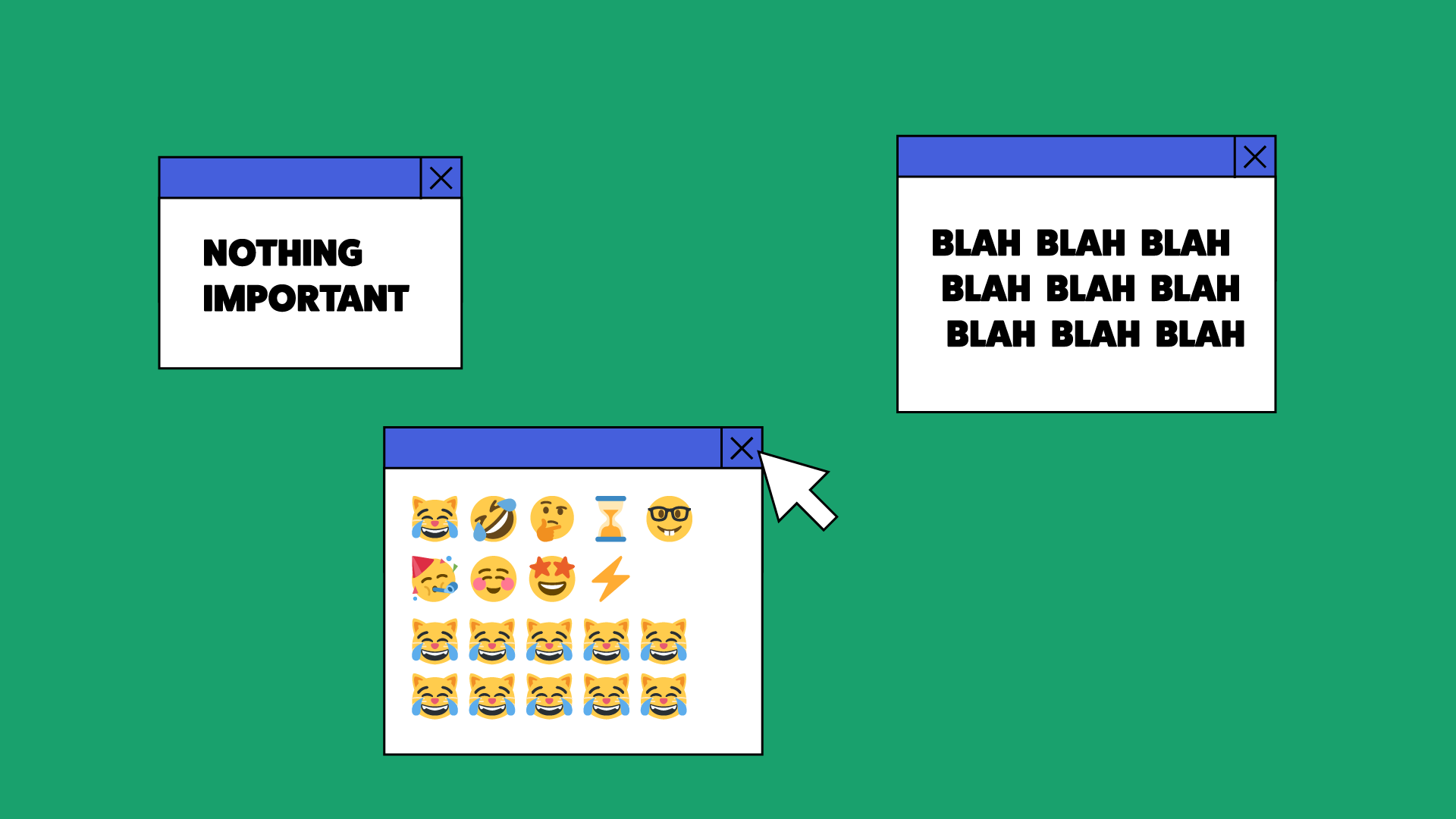
Just like in the classroom, the chat function should not be in use unless specifically called for! Students may not realise that when they write in the chat, everyone can see it. So remind them not to distract their classmates and keep the chat function to a minimum unless you’ve specifically asked them to chat with each other.
#9 Participate and Try Your Best

Participation is a little harder when kids are being viewed on a screen. Why not introduce a little signal for kids to let you know when they have something to contribute to the class discussion? This way your kids will feel just as eager to participate and try their best as they do in the real classroom!
#10 Practice Patience and Kindness

We understand technology does not always make things easier! So, above all, it’s important to teach your students one simple thing – teachers and parents are trying their best and everyone deserves respect and kindness during this crazy time. You are a team, and you can weather this strange new routine together! At the end of the day, practising patience and kindness is the most important virtual learning expectation of all.
What are your go-to virtual learning expectations for kids? Comment below to share.
Banner image: Ulza/shutterstock.com

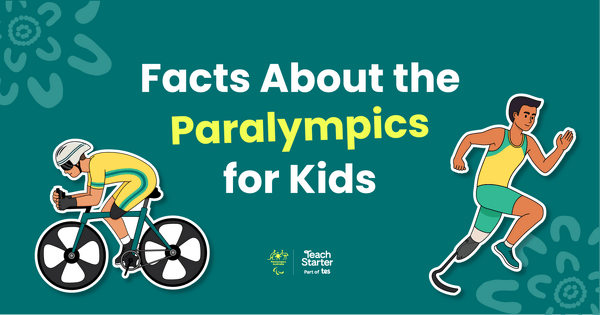

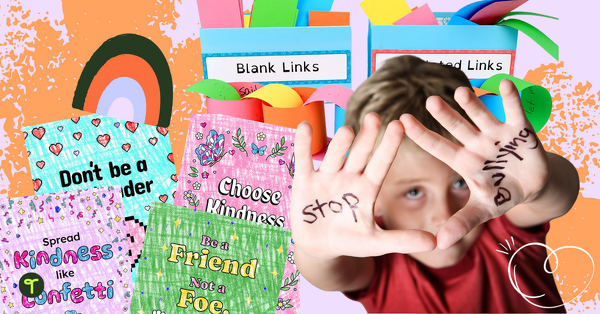



Comments